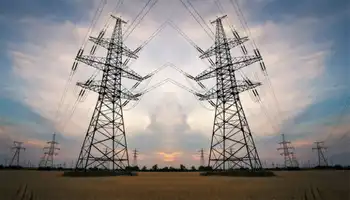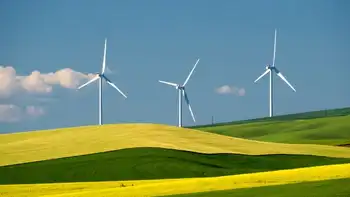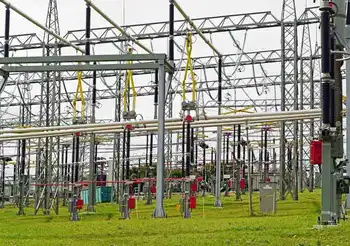Subsidies for wind power blow over
BURNABY, BRITISH COLUMBIA - Creating electricity from wind that just happens to be blowing might seem like a cheap source of power, but it's not.
As we've already seen in Denmark, its high cost requires taxpayer handouts to develop and survive.
Subsidies in Denmark created a lot of wind power, but when the flow from the taxpayer subsidy tap ebbed, so did the industry.
In B.C., wind power will also be subsidized.
Creating a welfare-dependent industry in the province may benefit the backers of these projects, but the potential cost to taxpayers is huge, and the outlook for an unsubsidized industry is grim.
The Danish government decided to become a leader in wind power production and manufacturing after the first oil crisis in 1973.
It guaranteed long-term financing for large wind projects that used Danish-made turbines and obliged electricity utilities to purchase renewable energy from private wind power producers at a fixed price higher than the wholesale price of privately generated, fossil fuel electricity.
By 2000, Denmark had more than 6,000 working windmills, and 55 per cent of all wind turbines in the world had been manufactured in Denmark.
After European Union electricity market deregulation in 1999, the guarantees and direct price supports were replaced by a system of tradeable green certificates.
By 2004, the industry had come to a virtual standstill. Only five windmills were installed in Denmark that year, the lowest in 20 years.
The wind turbine industry in Denmark has rationalized since subsidies were cut back. Between 2002 and 2007, the number of Danish turbine manufacturers shrank from eight to three.
Vestas, Denmark's largest wind turbine manufacturer and the biggest in the world, took over its domestic rival, NEG-Micon. Others were bought by foreign electrical giants such as Germany's Siemens.
Meanwhile, compared with other countries in Europe, the Danes remain above-average emitters of carbon dioxide.
When it's not windy, Denmark's power is generated mostly from coal-burning plants. Carbon dioxide emissions from burning coal grew by 43 per cent between 2005 and 2006.
The stage is set for a similar boondoggle in B.C.
The wind power industry in Canada gets a federal government subsidy of $10 per megawatt hour.
But B.C. consumers can expect to dig deeper.
The cost of electricity from wind power is about $71 per megawatt hour. That compares to about $48 for natural gas and $25 for electricity produced from B.C.'s heritage hydro assets.
B.C. Hydro is expected to purchase high-cost electricity from wind plants.
Denmark's electricity utilities were also forced to buy high-cost power, giving Denmark one of the highest household electricity costs in Europe, at almost 30 cents per kilowatt hour in 2005. In B.C., we pay about 6.5 cents per kilowatt hour now.
B.C. families could be looking at a hefty increase in electricity costs to subsidize these feel-good projects.
Some very big companies back wind power, so why should B.C. taxpayers be on the hook to subsidize them?
The biggest U.S. wind turbine manufacturer, Zond Energy Systems, was owned by Enron and later sold to General Electric.
BP and Royal Dutch/Shell, two oil giants, have wind power investments all over the world.
Companies like these hardly need our help but will gladly take it if offered.
Subsidies to wind power projects in B.C. are wealth-transfers from the middle class to the wealthy and will create a welfare-dependent industry in the province, just as they did in Denmark.
Taxpayers shouldn't be subsidizing industry, no matter how momentarily worthy the cause seems to be.
Related News

California scorns fossil fuel but can't keep the lights on without it
SACRAMENTO - California wants to quit fossil fuels. Just not yet Faced with a fragile electrical grid and the prospect of summertime blackouts, the state agreed to put aside hundreds of millions of dollars to buy power from fossil fuel plants that are scheduled to shut down as soon as next year.
That has prompted a backlash from environmental groups and lawmakers who say Democratic Gov. Gavin Newsom’s approach could end up extending the life of gas plants that have been on-track to close for more than a decade and could threaten the state’s goal to be carbon neutral by 2045.
“The…




